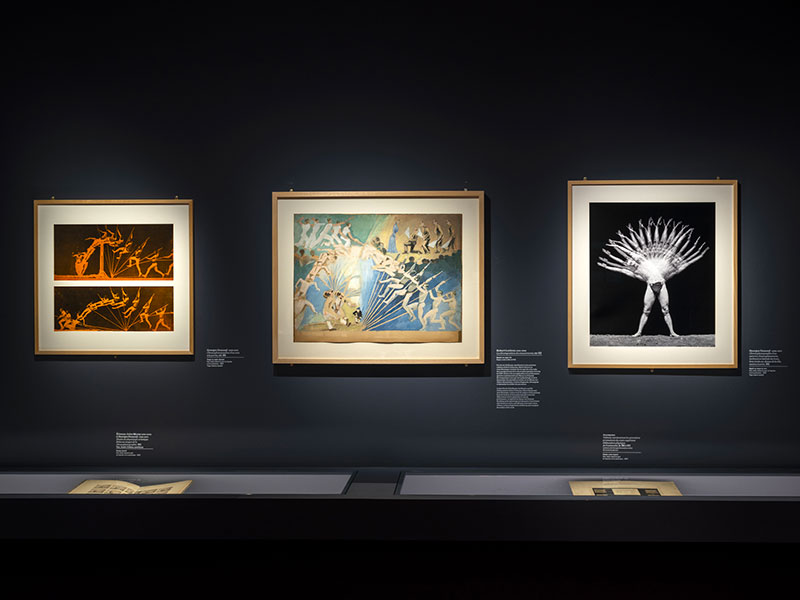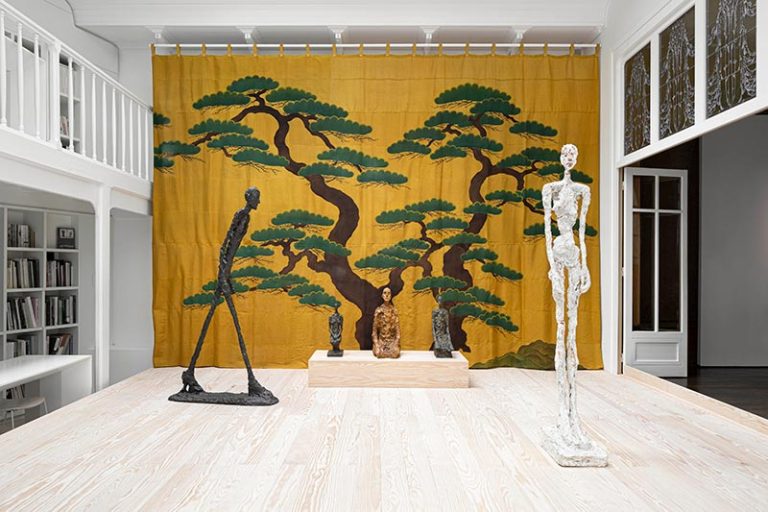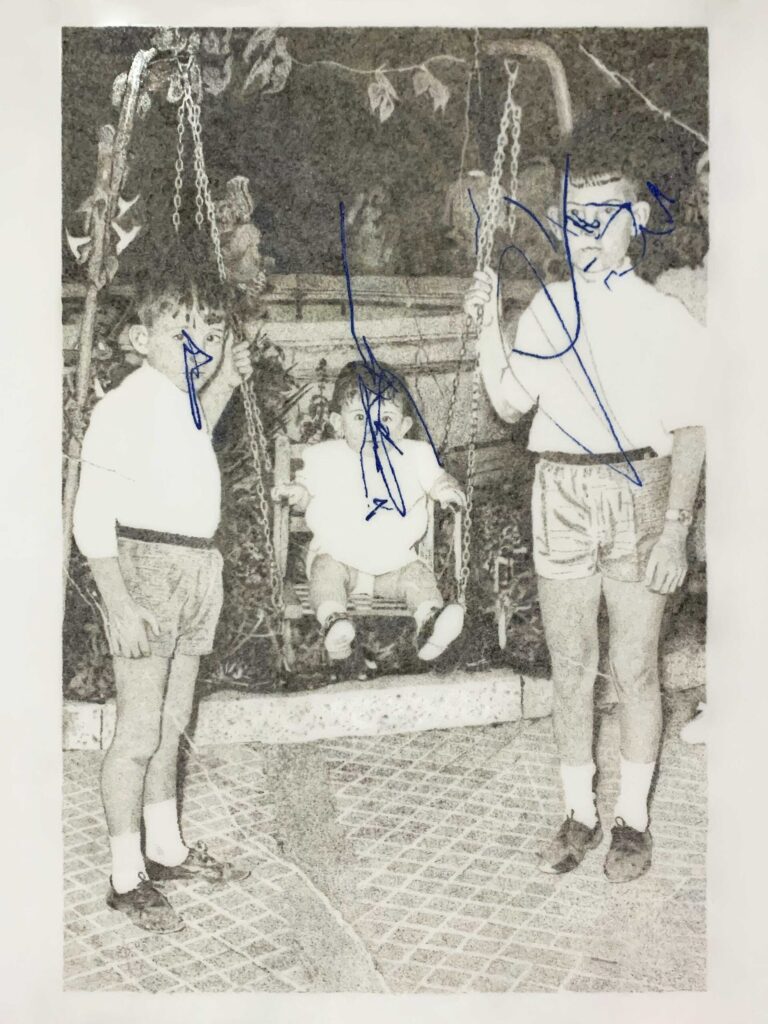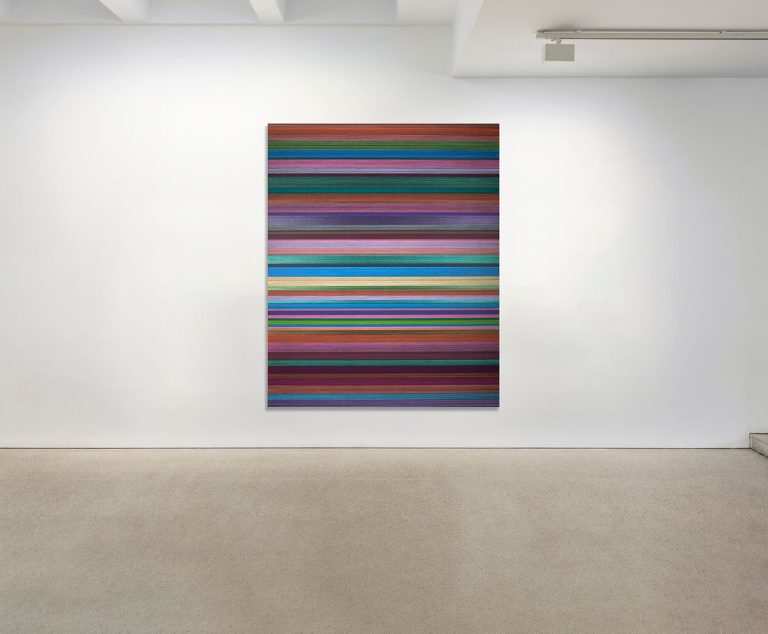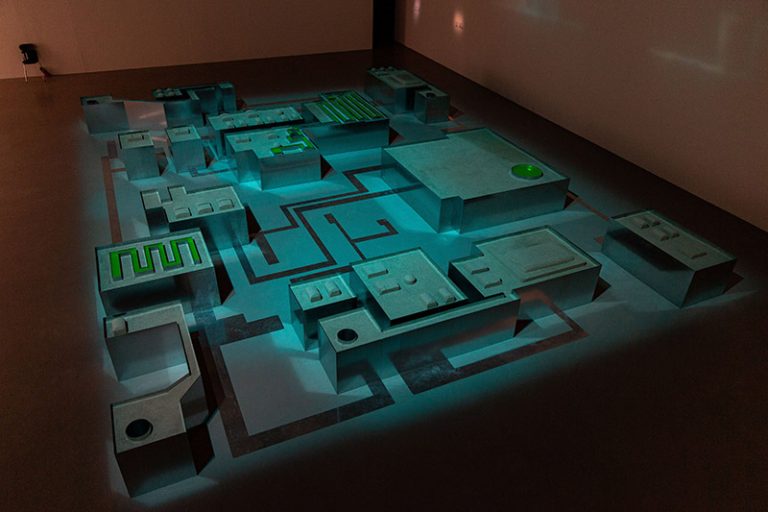Paris. Upon leaving the new exhibition at the Marmottan-Monet Museum, the visitor is delighted to have discovered or seen again paintings by the companion of the Impressionists and sailor Gustave Caillebotte, by that other great sailor who was Paul Signac, also an accomplished cyclist, by the important American realist Thomas Eakins, or the theoretician of cubism Jean Metzinger. However, it is difficult for him to understand what we wanted to tell him. The prevailing impression is that the 170 works presented under the curatorship of Érik Desmazières, Bertrand Tillier and Aurélie Gavoille do not support any defined statement and that we have simply assembled them by theme – the rower John Biglin even appears two times under the brush of Eakins.
The layout of the exhibition spaces also requires an artificial multiplication of themes. The title “Places of sport”, for example, is perplexing because it is so vague. The introductory text to this part does not clarify things: “If the artists of the 19th and 20th centuries were very interested in sport, it is because its practitioners engaged in it both in the open air […] and in spaces designed for this purpose. […] These places, which were arranged to accommodate spectators, offered the artists so many visual and formal configurations, from which the issues of artistic modernity could be questioned in a new light. » The English version is more nuanced, specifying that it is only a question of “one of the reasons” of the interest of artists.
Explore modernity
It was not, in fact, just about exploring new spaces. At Théodore Géricault, as Bertrand Tillier notes in the catalog, the famous print Boxers (1818) belongs to “a contemporaneity likely to help it emancipate itself from the neoclassical ideal and its ancient heritage”. The romantic painter, who attached great importance to human anatomy, saw this as a modern subject allowing him to approach this classic exercise with a new eye, without ignoring the fact that a black man was confronting a white man. The realist Gustave Courbet was also sensitive to an original iconography when he undertook to paint The Woman with the Podoscaphe (1865), which does not prevent him from showing his irony in the face of this curious way of sailing.
Géricault does not clearly show the punters in his lithograph, but we understand that the spectators are not there only out of a disinterested love of sport. However, and this is also a disappointment, it is not a question of money in the exhibition but of social classes, which is not the same thing. We learn that there is “elite sports and popular sports”, i.e. horse riding, tennis and fencing versus ball games, cycling and boxing. Did the painters see things this way? We regret, in any case, that the sultry socialite boxer Arthur Cravan does not appear in the exhibition: his portrait by Francis Picabia would have shaken up received ideas.
Another commonplace: horse racing is a matter of aristocracy. If the between-self is evident in Gentleman's race. Before leaving by Edgar Degas (1863), other events were popular spectacles where betting played a large part. In 1775, the Count of Artois created a racing stable which he presented the following year at Sablons: the bets were substantial. Her brother, Louis XVI, was moved by the mixed and excited crowd surrounding Marie-Antoinette. When the queen asked for permission to set up a racing stable in her turn, he gave her a categorical refusal.
But it was not just Sablons, Chantilly or, from 1857, Longchamp: horse races had long been established in breeding regions where they were used to measure the improvement of equine lines. This is what accounts for Canoe races Or The Racecourse by Jean Frélaut (1923). We see a mounted trotting event as was contested in several Breton localities (here, Vannes) to present the local carriage horses – the riders and owners were peasants. As for the jockeys in jackets shown in the lower right corner of the table, they are ready for the following galloping race which will also delight punters of all conditions.
Exhibition view “At Play. Artists and sport 1870-1930” at the Marmottan Monet Museum.
© Christian Baraja SLB
Professional athletes for role models
In addition to works representing simple leisure activities – Croquet game on Tréport beach by Louise Abbéma (1872) or Le Plongeon, bathers, banks of the Yerres by Caillebotte (1878), for example – the fact remains that the exhibition does not address the status of professional athletes at that time. Concerned with forms and harmony, Aristide Maillol does not seem to have been moved by the young Gaston Colin who was his model for The cyclist (around 1907-1908). He was a professional jockey and cyclist, lover of collector Harry Kessler. A disturbing parallel with the Little fourteen year old dancer of which Edgar Degas saw the tragic aspect. In the women's section “Spectators and athletes”, we are talking about tenniswomen, women of the world with “dancing poses”but not the many acrobats and riders who performed in the circuses – Toulouse-Lautrec nevertheless magnificently represented these professional sportswomen.
The cyclist Constant Huret, who was also Toulouse-Lautrec’s model for the poster The Simpson Channel (1896), remained an amateur until 1893. He was a poor baker who encountered many difficulties in acquiring the bicycles necessary for his exploits. After five years, however, he was able to stop working because the winnings from the races he won were enough for him to live on. “At the turn of the 19th and 20th centuries […]everyone could now be an athlete and aspire to performance”, develops the text of the “Internationalization and democratization” section. The lithograph by Adolphe Willette, Fortune and the Runner (1895), is however explicit on the subject of inequality in sport. If the anarchist Signac was so attached to cycling events, it is perhaps because he was more aware of this reality than others.
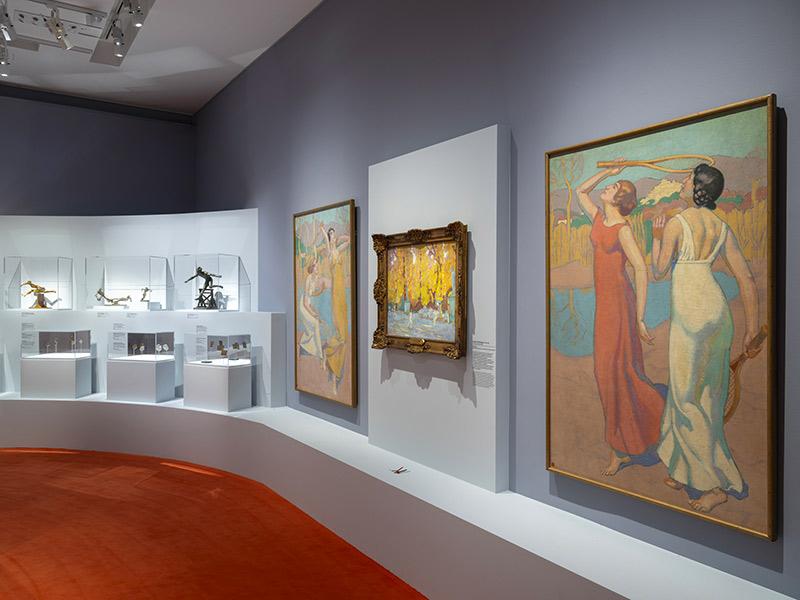
Exhibition view “At Play. Artists and sport 1870-1930” at the Marmottan Monet Museum.
© Christian Baraja SLB

